The Power of Colors: How to Use Visagism to Find Your Best Makeup and Fashion Shades
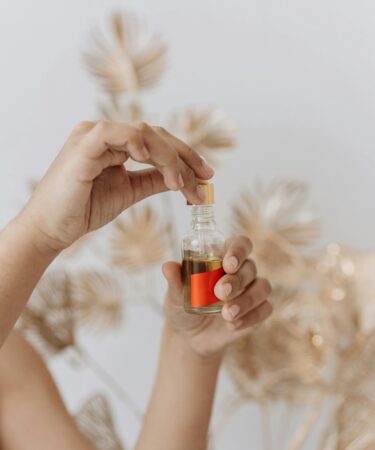
Have you ever wondered why some colors make you look vibrant and healthy, while others leave you looking washed out or tired? The answer lies in the art and science of visagism. Understanding Visagism and Makeup is like discovering a personalized color map for your face and wardrobe—it’s about harmonizing colors with your natural features to enhance your unique beauty. This fascinating approach goes beyond simple color matching; it’s a holistic understanding of how colors interact with your skin tone, hair color, eye color, and even your facial structure.
In this comprehensive guide, we’ll explore how Visagism and Makeup principles can revolutionize your beauty routine and fashion choices. From identifying your color season to applying these concepts to your everyday makeup and wardrobe selections, you’ll learn how to harness the power of color theory to look and feel your best. Let’s dive into this colorful journey of self-discovery and transformation!
Understanding the Foundations of Visagism
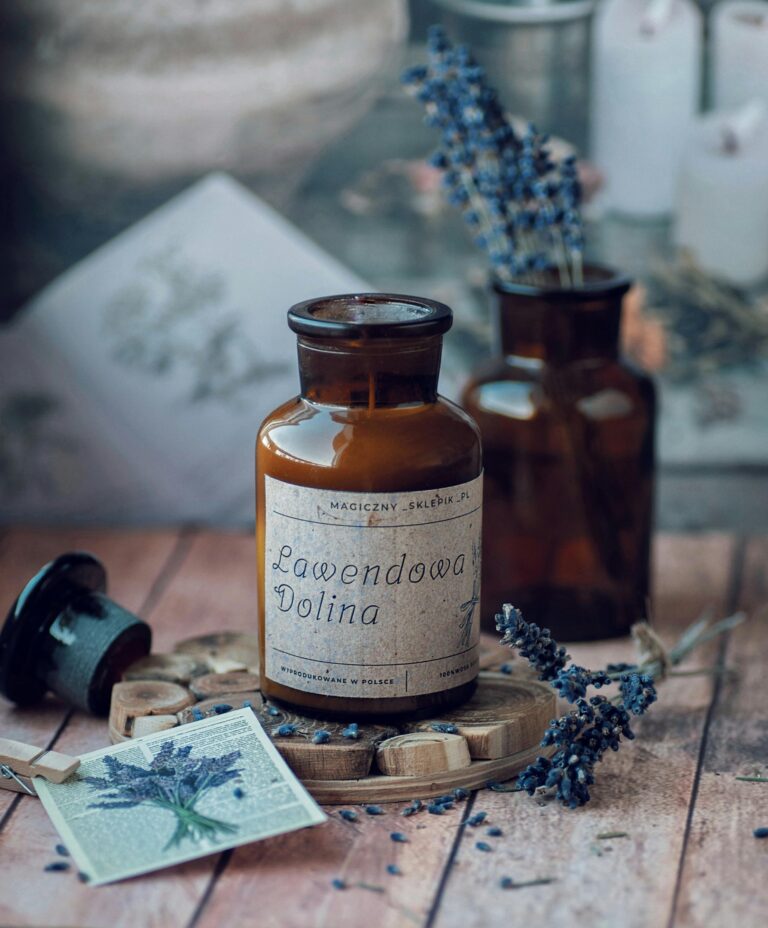
Visagism, derived from the French word “visage” meaning face, is a method that combines art and science to analyze facial features and create harmony through color and style choices. The concept was developed by Brazilian makeup artist José Roberto Parreira, who integrated elements of color theory, facial geometry, and visual communication to create a comprehensive approach to personal styling.
At its core, Visagism and Makeup is about understanding that each person has unique characteristics that can be enhanced or diminished depending on color choices. Unlike one-size-fits-all beauty advice, visagism recognizes that what works beautifully for one person might be completely unflattering for another. This personalized approach considers not just superficial aspects like skin tone, but also facial structure, personality traits, and even the image you wish to project.
The foundational principle of visagism is that colors carry emotional and psychological connotations. They can communicate aspects of your personality, influence how others perceive you, and even affect your own mood and confidence. When you apply Visagism and Makeup techniques correctly, you’re essentially speaking a visual language that tells the world who you are while highlighting your best features.
In today’s image-conscious society, understanding these principles isn’t just about vanity—it’s about self-expression and authenticity. By learning to use colors that truly complement your natural features, you can create a cohesive visual identity that feels genuine and enhances your natural beauty rather than masking it.
The Color Season System in Visagism
One of the most practical applications of Visagism and Makeup is the color season system. This framework categorizes individuals into four main “seasons”—Spring, Summer, Autumn, and Winter—based on the undertones and characteristics of their skin, hair, and eyes. Understanding your color season is like having a personalized color palette that takes the guesswork out of choosing flattering shades.
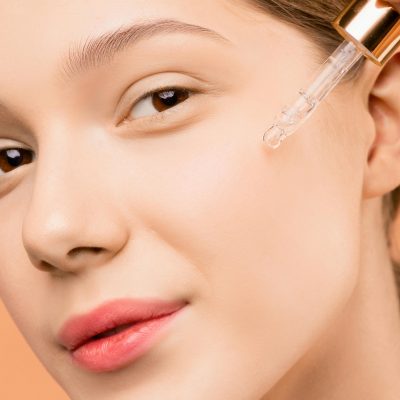
Spring Palette: Warm and Bright
If you have a spring palette, your natural coloring features warm undertones with medium to low contrast. Spring types typically have golden or peachy skin, blonde to light brown hair, and blue, green, or light brown eyes. Your most flattering Visagism and Makeup choices include:
- Makeup colors: Peach, coral, warm pinks, golden browns, and warm terracotta
- Clothing colors: Bright yellow, warm green, coral red, and clear turquoise
- Metals and jewelry: Gold and copper enhance your natural warmth
Spring individuals should avoid colors that are too dark, muted, or cool, as these can clash with your natural coloring and create a disconnected look. The goal for Spring types is to maintain a fresh, youthful appearance that capitalizes on your natural warmth and clarity.
Summer Palette: Cool and Soft
Summer types have cool undertones with soft, muted coloring. You likely have skin with pink or blue undertones, ash blonde to light brown hair, and blue, gray, or soft brown eyes. Your ideal Visagism and Makeup palette includes:
- Makeup colors: Rose pink, soft mauve, cool browns, and dusty blues
- Clothing colors: Powder blue, lavender, rose pink, and sage green
- Metals and jewelry: Silver and platinum complement your cool undertones
Summer individuals should avoid colors that are too bright, warm, or intensely saturated. These can overwhelm your delicate coloring and create a harsh contrast. Your beauty strategy focuses on soft elegance and understated sophistication.
Autumn Palette: Warm and Deep
Autumn types feature warm undertones with rich, deep coloring. You typically have golden, olive, or warm beige skin tones, auburn to dark brown hair, and green, hazel, or brown eyes. Your complementary Visagism and Makeup choices include:
- Makeup colors: Terracotta, brick red, olive green, and golden brown
- Clothing colors: Mustard yellow, rust, forest green, and chocolate brown
- Metals and jewelry: Bronze, copper, and gold highlight your natural richness
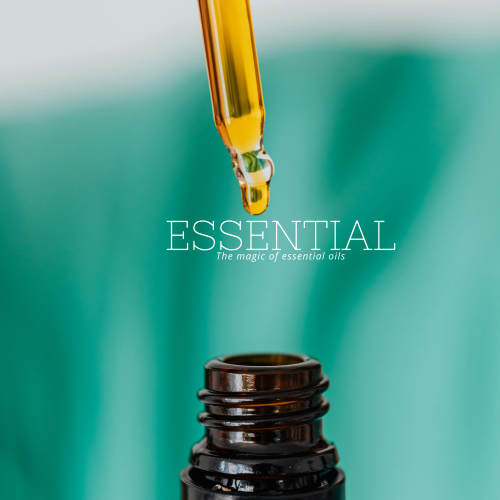
Autumn individuals should avoid colors that are too pastel, cool, or bright. These can make you appear washed out or create a discordant effect against your rich natural coloring. Your aesthetic emphasizes earthiness, warmth, and natural elegance.
Winter Palette: Cool and Bright
Winter types have cool undertones with high contrast in their natural coloring. You likely have fair skin with blue or pink undertones (or very deep skin with cool undertones), dark brown to black hair, and bright blue, green, or dark brown eyes. Your ideal Visagism and Makeup palette includes:
- Makeup colors: True red, clear pink, navy blue, and pure white
- Clothing colors: Royal purple, emerald green, true red, and ice blue
- Metals and jewelry: Silver, white gold, and platinum enhance your cool brilliance
Winter individuals should avoid colors that are too muted, warm, or brownish, as these can diminish your natural contrast and clarity. Your beauty strategy emphasizes dramatic contrasts and crisp definition.
Identifying Your Personal Color Palette Through Visagism
Now that you understand the color season framework, let’s explore how to determine which season best describes your coloring. Identifying your personal palette is a crucial step in applying Visagism and Makeup principles effectively.
The Undertone Test
The first step in visagism color analysis is determining whether your skin has warm or cool undertones. Here are several methods to help you identify your undertone:
The Vein Test: Look at the veins on the inside of your wrist under natural light.
- Blue or purple veins suggest cool undertones
- Green veins suggest warm undertones
- A mix of both suggests neutral undertones
The Jewelry Test: Observe which metals look most flattering against your skin.
- If gold brings warmth and radiance to your complexion, you likely have warm undertones
- If silver or platinum makes your skin look more vibrant, you probably have cool undertones
- If both look equally good, you might have neutral undertones
The White Clothing Test: Notice how different whites look against your skin.
- If pure white looks best, you likely have cool undertones
- If ivory or off-white is more flattering, you probably have warm undertones
The Sun Reaction Test: Consider how your skin reacts to sun exposure.
- If you burn easily and rarely tan, you likely have cool undertones
- If you tan easily and rarely burn, you probably have warm undertones
Combining these tests with an analysis of your hair and eye color will help you narrow down your color season. Remember that Visagism and Makeup isn’t just about individual features but how all your coloring elements work together to create a harmonious whole.
Contrast Level Assessment
After determining your undertone, the next step in visagism analysis is assessing your contrast level. This refers to the degree of difference between your skin, hair, and eye colors.
High Contrast: If there’s a dramatic difference between your skin tone and your hair/eye color (like pale skin with dark hair), you have high contrast. Winter types typically have high contrast.
Medium Contrast: If there’s a noticeable but not dramatic difference between your features, you have medium contrast. Spring and Autumn types often have medium contrast.
Low Contrast: If your skin, hair, and eyes are similar in depth and intensity, you have low contrast. Summer types frequently have low contrast.
Understanding your contrast level helps refine your Visagism and Makeup choices further. High-contrast individuals can wear more dramatic color combinations, while low-contrast individuals look best in more harmonious, blended color schemes.
Applying Visagism to Your Makeup Routine
Now that you’ve identified your color season, let’s explore how to apply these Visagism and Makeup principles to create a flattering, harmonious makeup look.
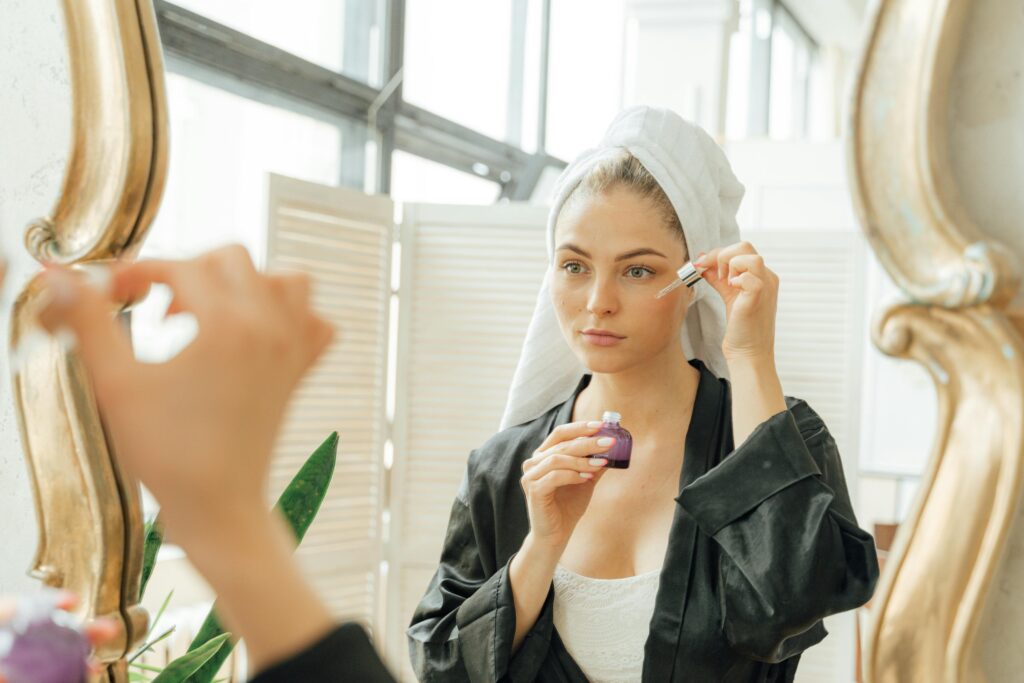
Foundation and Complexion Products
The right foundation shade is the cornerstone of effective visagism application. When selecting foundation:
- Match to your jawline, not your wrist or hand
- Consider both the color and undertone of your skin
- Remember that your perfect shade might change slightly with the seasons
Beyond just matching, Visagism and Makeup principles suggest that your foundation should work with your natural coloring to create harmony. For example:
- Spring types look best with foundations that have a slight golden or peachy glow
- Summer types benefit from foundations with subtle rose or neutral undertones
- Autumn types need foundations with golden or olive undertones
- Winter types require foundations with either true neutral or slightly pink undertones
For blush and bronzer, stay within your season’s palette. Spring and Autumn types look beautiful with warm-toned blushes (peach, coral, terracotta), while Summer and Winter types shine with cool-toned blushes (pink, mauve, berry).
Eye Makeup That Enhances Your Natural Coloring
Eye makeup is where Visagism and Makeup principles can truly transform your look. The right colors can make your eyes appear brighter, more vibrant, and more expressive.
For eyeshadow:
- Spring types: Peach, warm gold, light bronze, warm medium brown
- Summer types: Taupe, dusty rose, soft lavender, cool medium brown
- Autumn types: Copper, bronze, olive green, rich chocolate brown
- Winter types: Navy blue, plum, charcoal gray, pure white
For eyeliner:
- Spring and Autumn types: Brown, bronze, or copper liners look more natural than black
- Summer types: Gray, navy, or soft brown create gentle definition
- Winter types: True black creates striking contrast that complements your natural coloring
Remember that Visagism and Makeup isn’t just about color selection but also application techniques. Consider how the shapes and intensities you create with your makeup can harmonize with your facial features and personal style.
Lipstick Shades That Complement Your Coloring
Choosing the right lipstick is perhaps the most immediately noticeable application of visagism principles. The perfect shade can brighten your face, make your teeth appear whiter, and create overall harmony with your natural features.
Spring Lipstick Palette
Summer Lipstick Palette
Autumn Lipstick Palette
Winter Lipstick Palette
- Coral
- Warm pink
- Peachy nude
- Clear red with orange undertones
- Rose pink
- Soft mauve
- Cool-toned berry
- Blue-based red
- Brick red
- Terracotta
- Bronze
- Warm brown
- True red
- Cool fuchsia
- Clear red-purple
- Deep wine
When applying Visagism and Makeup concepts to your lip color, also consider the finish. Generally, Spring and Winter types can carry off more glossy finishes, while Summer types look lovely in satin finishes, and Autumn types shine in more matte textures.
Extending Visagism to Your Wardrobe
The principles of Visagism and Makeup extend beautifully to fashion choices. Creating a wardrobe based on your personal color palette ensures that everything you wear enhances your natural beauty.
Start by building a core wardrobe around your most flattering neutrals:
- Spring: Camel, warm beige, light golden brown
- Summer: Soft gray, mauve, powder blue
- Autumn: Olive, chocolate brown, warm tan
- Winter: Black, pure white, navy
Then add accent colors from your season’s palette. This creates a wardrobe where items naturally mix and match while consistently flattering your coloring. The Visagism and Makeup approach to fashion eliminates those frustrating “this doesn’t look right on me” moments.
Hair Color Considerations
Your hair color frames your face and significantly impacts how colors look against your skin. When considering hair color changes, stay within your season’s palette:
- Spring types look radiant with golden blonde, warm light brown, or strawberry blonde
- Summer types shine with ash blonde, light ash brown, or platinum
- Autumn types glow with copper red, golden brown, or rich chestnut
- Winter types look striking with cool black, dark brown with no red tones, or platinum blonde
Remember that dramatic departures from your natural color family can necessitate adjustments to your makeup and clothing colors to maintain harmony. A skilled colorist familiar with Visagism and Makeup principles can help you select the most flattering shade.
Accessorizing with Your Best Colors
Accessories placed near your face—like scarves, necklaces, and earrings—have a particularly strong impact on your appearance. Choose metals and gemstone colors that complement your season:
- Spring and Autumn types look best in gold, bronze, copper, and warm-toned stones
- Summer and Winter types shine in silver, platinum, and cool-toned gemstones
Even your eyeglasses frames can be selected using Visagism and Makeup principles. Choose frame colors that harmonize with your personal palette for the most flattering effect.
Advanced Visagism Techniques for Special Occasions
Special occasions often call for more dramatic or specialized makeup looks. Even when creating these special looks, Visagism and Makeup principles should guide your choices to ensure you look your absolute best.
Evening Makeup That Maintains Color Harmony
Evening lighting tends to be warmer and dimmer than daylight, which affects how colors appear. You might need to slightly intensify your makeup while maintaining your color season harmony:
- Spring types can embrace more golden highlights and warm-toned shimmer
- Summer types look stunning with deeper mauves and roses than they might wear during the day
- Autumn types can lean into rich bronzes and deeper terracottas
- Winter types can amplify their natural contrast with more dramatic color combinations
The key is to intensify within your palette rather than stepping outside it. This ensures that your evening Visagism and Makeup look remains harmonious with your natural coloring.
Bridal Makeup Based on Visagism Principles
Your wedding day is the perfect opportunity to embrace Visagism and Makeup at its finest. Work with your makeup artist to create a look that enhances your natural beauty while photographing beautifully:
- Spring brides glow with peachy blush, warm golden eyeshadows, and coral-tinted lips
- Summer brides look ethereal with soft rose blush, taupe eyeshadows, and pink-mauve lips
- Autumn brides radiate warmth with bronze accents, copper eyeshadows, and terracotta lips
- Winter brides appear striking with clear pink blush, silver-gray eyeshadows, and true red or deep rose lips
Communicating your color season to your wedding makeup artist can help them create a look that truly enhances rather than masks your natural beauty.
Seasonal Adaptations
While your color season remains constant, you might want to make seasonal adjustments to your Visagism and Makeup approach:
- In summer, embrace the lighter end of your palette with sheerer textures
- In winter, you might prefer slightly deeper tones and richer textures
- For spring, fresh and bright colors from your palette create seasonal harmony
- For autumn, leaning into the warmer, earthier tones of your palette creates a seasonal connection
These subtle shifts allow you to stay on-trend with seasonal changes while remaining true to your most flattering colors.
Visagism Beyond Color: Shape and Proportion
While we’ve focused primarily on color, true Visagism and Makeup mastery also considers facial geometry and proportions. The shape of your features and face can influence which makeup techniques will be most flattering
Face Shape Considerations
Different face shapes benefit from different placement techniques:
- Oval faces: Consider yourself lucky—most techniques work well for you
- Round faces: Place blush slightly higher on the cheekbones to create visual length
- Square faces: Soften angles with rounded application techniques
- Heart-shaped faces: Balance a wider forehead with blush that creates width at the lower face
- Long faces: Horizontal placement of color creates the illusion of width
These structural aspects of Visagism and Makeup work in concert with color choices to create a fully harmonious look.
Eye Shape Enhancement
Your eye shape can also inform your most flattering application techniques:
- Almond eyes: Enhance your natural shape with color placement that follows your contours
- Round eyes: Create elongation with color that extends slightly beyond the outer corners
- Hooded eyes: Place darker colors in the crease and extend slightly upward
- Downturned eyes: Wing eyeshadow and liner slightly upward at the outer corners
- Close-set eyes: Place darker colors on the outer thirds of the eyelids
- Wide-set eyes: Concentrate darker colors on the inner corners
These shape-based Visagism and Makeup techniques can be combined with your color season guidelines for truly customized enhancement.
The Psychology of Color in Visagism
The colors we wear affect not only how others perceive us but also how we feel about ourselves. This psychological dimension adds another fascinating layer to Visagism and Makeup applications.
Emotional Associations of Colors
Different colors evoke different emotional responses:
- Reds suggest passion, energy, and confidence
- Blues convey calm, trustworthiness, and stability
- Greens represent growth, balance, and harmony
- Purples suggest creativity, wisdom, and luxury
- Yellows evoke optimism, warmth, and joy
When these colors appear in your Visagism and Makeup choices, they communicate these qualities to others. By strategically selecting from your seasonal palette, you can emphasize different aspects of your personality or project specific qualities in different contexts.
Color Confidence and Self-Expression
Perhaps the most powerful aspect of mastering Visagism and Makeup is the confidence it brings. When you know which colors truly flatter you, shopping becomes more efficient, getting dressed becomes more enjoyable, and your overall appearance becomes more cohesive and intentional.
This confidence isn’t about conforming to rigid rules—it’s about understanding principles that you can then use creatively. Once you master your personal color theory, you can make informed choices about when to stay strictly within your palette and when you might venture slightly outside it for creative or expressive purposes.
Practical Tips for Implementing Visagism in Daily Life
Incorporating Visagism and Makeup principles into your everyday routine doesn’t have to be complicated. Here are some practical strategies:
Building a Capsule Makeup Collection
Create a streamlined makeup collection focused on your most flattering colors:
- Identify 2-3 signature lipstick shades from your season
- Invest in eyeshadow palettes that predominantly feature your complementary colors
- Choose blush and bronzer shades that enhance your natural undertones
This focused approach to Visagism and Makeup purchasing saves money and eliminates the frustration of products that never quite work for you.
Color Draping at Home
Professional color analysis can be expensive, but you can do a simplified version at home:
- Gather fabric swatches or clothing items in different colors
- Stand in natural light facing a mirror
- Hold each color under your face and notice how your skin reacts
- Look for colors that make your skin appear clearer, your eyes brighter, and reduce the appearance of shadows and redness
This DIY approach to Visagism and Makeup analysis can help you refine your understanding of your most flattering colors.
Working with a Professional
For the most accurate analysis, consider working with a professional color consultant who understands Visagism and Makeup principles. They can provide:
- Precise identification of your season and any sub-season characteristics
- Personalized color palettes
- Specific product recommendations
- Application techniques customized to your features
This investment can save considerable time and money in the long run by eliminating costly purchasing mistakes.
F.A.Q. Frequently Asked Questions About Visagism and Color Analysis
1.Can my color season change over time? Your basic undertone remains constant throughout your life, so your core season typically stays the same. However, as hair color changes (naturally or through coloring) and skin tone shifts with age, you might find that different colors within your seasonal palette become more flattering. The principles of Visagism and Makeup remain applicable, but the specific shades might evolve.
What if I don’t clearly fit into one season? Many people fall into sub-categories or between seasons, such as Soft Summer (between Summer and Autumn) or Bright Spring (between Spring and Winter). Professional Visagism and Makeup analysis can help identify these nuanced distinctions.
2. Can I wear colors outside my seasonal palette? Absolutely! While your seasonal colors will be most naturally flattering, you can strategically wear “off-palette” colors by keeping them away from your face or pairing them with a scarf or collar in one of your flattering colors. The key is understanding that you’re making an artistic choice rather than wondering why something doesn’t look quite right.
3. Does visagism apply to all skin tones and ethnicities?
Yes, the principles of Visagism and Makeup are universal and apply to all skin tones and ethnicities. Every person has either warm or cool undertones and particular contrast levels, regardless of their depth of color or cultural background.
4. How does visagism relate to current trends?
Fashion and makeup trends come and go, but your most flattering colors remain constant. The art lies in finding trend-inspired colors within your palette or adapting trends to work with your coloring. True Visagism and Makeup mastery means you’ll look current without being a slave to trends that don’t serve you.
Conclusion: Your Personalized Color Journey
Understanding and applying Visagism and Makeup principles is truly a journey of self-discovery. As you become more attuned to which colors enhance your natural beauty, you’ll develop an intuitive sense for what works best for you. This isn’t about limiting your choices—it’s about empowering you with knowledge that makes every choice more intentional and effective.
Remember that while color analysis provides valuable guidelines, personal expression always has a place in beauty and fashion. Use your understanding of Visagism and Makeup as a foundation, then build your unique style atop it with confidence and creativity.
What colors have you found most flattering for your complexion? Have you had a professional color analysis, or have you experimented on your own? Share your visagism journey in the comments below—I’d love to hear how these principles have transformed your approach to makeup and fashion!
Your Next Steps in Visagism Discovery
- Experiment with draping different colors under your face in natural light
- Identify your most and least flattering items in your current wardrobe
- Notice patterns in the compliments you receive when wearing certain colors
- Consider creating a personal color palette card to carry when shopping
The more you engage with these principles, the more intuitive your color choices will become. Here’s to discovering your most vibrant, harmonious, and authentic self through the power of visagism!
